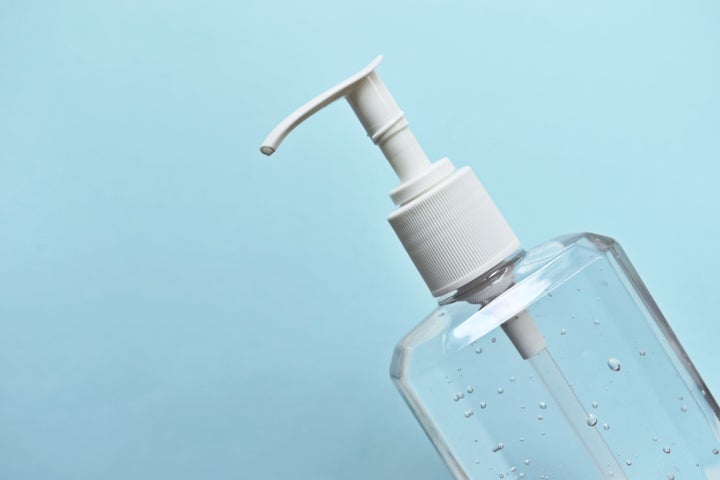
Keeping your hands clean is a critical component of protection against the spread of the coronavirus.
Using an alcohol-based hand sanitiser is a convenient method of hand hygiene on the go, especially when soap and water ― the more effective way of getting rid of all types of germs ― is not readily available. But just because you spray or squirt some on your hands and give them a quick wipe doesn’t mean your sanitiser is working as best it should.
Here are common hand sanitiser mistakes to beware of:
1. You don’t use enough hand sanitiser on your hands.
The Centers For Disease Control and Prevention says you need to use enough sanitiser to cover all surfaces of your hands. This is a common mistake people make, said Dr. Zeke J. McKinney, the primary occupational and environmental medicine provider at Minnesota’s HealthPartners Riverway Clinic.
“The right way to use it is to basically make sure it covers both of your hands,” he said. “Often people don’t put enough on their palms to do that.“
Too much is better than too little. “If you’re worried about using too much, that’s not a problem,” McKinney said.
Once sanitiser is on your hands, take the time to cover every crevice. The World Health Organization said this should take 20-30 seconds, and it offers step-by-step instructions on the proper technique:

Thomas Russo, chief of the infectious disease division at the University of Buffalo in New York, said not covering your whole hand is the biggest risk with hand-sanitiser use.
“You get the palm side of your fingers. You’ll get your fingertips, but you won’t get the other side, or between the fingers and the outside of the thumbs,” Russo said. “You have to make sure you get all those other parts.”
2. You don’t wait for the hand sanitiser to dry.
The CDC says you should rub your hands together for about 20 seconds until they feel dry.
If you don’t wait for that, you can “essentially end up wiping it off on something, and then it’s not really doing its job,” McKinney said. The time that it’s sitting on your hands is when it’s working to inactivate certain bacteria and viruses, he added.
Russo said rubbing the hand sanitiser dry is good because it also encourages people to thoroughly rub it onto every surface of their hand.
3. You’re only relying on hand sanitiser and not storing it safely.
You may be in need of clean hands after handling messy food or playing sports. But spritzing hand sanitiser should not replace thoroughly cleaning your hands with soap and water when there’s grit or grease on them.
If there is “dirt covering part of your hand, that hand sanitiser cannot really effectively get to the surface of your hand,” McKinney said. “The reason scrubbing your hands, like washing hands, is more effective, is because you get the mechanical action of getting off bacteria by virtue of scrubbing.“
Recognise that using hand sanitiser properly is an effective way to slow the potential spread of the coronavirus, but it should not be the only preventative measure you are taking.
“People think [hand sanitiser] is a reasonable replacement for washing your hands, but it definitely is not,” McKinney said. “Washing your hands is by far the best thing.”
Also keep in mind where you store your hand sanitiser. Russo warned that you should keep it away from children, citing a rise in cases of kids being poisoned from ingesting it.
And remember to wear your mask. Covid-19 is believed to primarily spread from person to person through respiratory droplets. “If I get to choose one thing, I choose a mask, and I’ll let my hands go dirty,” Russo said.